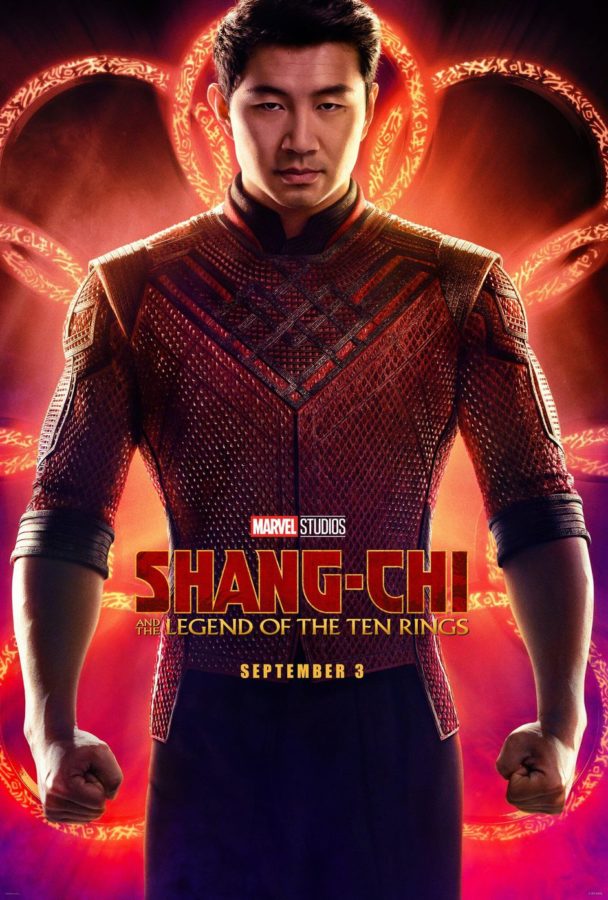The long-awaited Marvel film, “Shang-Chi and the Legend of the Ten Rings”, was released on Sept. 3.
The movie follows martial artist Shang-Chi, as he is taken out of hiding in order to confront his family’s organization, the Ten Rings.
This movie has been anticipated by Marvel fans, for being the second movie of Phase 4, the introduction of a new superhero and the first Asian lead in a Marvel film.
An important distinction, however, is the fact that this is the first Marvel movie that represents Asians; from the majority Asian cast to the Chinese setting, to the featuring of Asian artists for the soundtrack similar to how Black Panther had curated Black artists for it’s soundtrack.
“I thought that it was interesting how they are adding an actress that is Asian,” said junior Jessica Ly. “Why do you ask? Well, according to this year’s chaos and lack of diversity for Asians, this could also lead to show audiences that things are changing for the better.”
While the vast amount of Asian representation found in the movie, especially in a Marvel production, is a major milestone in the history of the film industry, how was the actual movie itself?
Marvel’s biggest selling point is the action. This movie differentiates itself from the rest, being influenced by martial arts movies rather than portraying individuals with divine powers or having extreme sums of wealth.
When looking at the cinematography of the film, the opening bus scene leaves the audience with a good initial impression with long traveling shots, well-choreographed combat and impressive parkour.
Another key scene that works very well is the one in Shanghai, that begins from the fight to the walkway to the duel on the high rise construction.
But while the film receives high praises from audiences and movie critics alike, I personally found an issue with the movie’s CGI. While my main gripe with the film is its over usage of CGI, another more minor complaint is the overall quality and integration of it seems like a step back from what was seen in other Marvel films such as Avengers Endgame.
When it comes to casting choice, I personally feel that majority of the cast gave great on-screen performances.
While there were concerns about the casting choice in regards to Simu Liu, known best for his role in the Canadian show, “Kim’s Convenience”, and his inexperience when it comes to acting on screen as the main character, I felt that Liu did a good job of portraying Shang-Chi in the movie. In my opinion, he commits very well to his character’s charisma, but a mature personality sells his character.
Tony Leung steals the show with his performance as Xu Wenwu. His character strays away from being a generic villain and instead someone who has depth and motives more than just gaining power.
The weakest performance from the ensemble would be Awkwafina’s character Katy, the comic relief and sidekick to Shang-Chi. A lot of the humor falls flat in this movie and that is really all she contributes for most of the film.
Other notable performances include Meng’er Zhang as Xu Xialing, Shang-Chi’s sister and Fala Chen as Ying Li, Wenwu’s wife. There are some returning roles, such as Benedict Wong as Wong, who makes a couple appearances in the film, and Ben Kingsley as Trevor Slattery, an actor who had previously claimed to be the Mandarin.
With that being said, it is still a fun film to watch especially if you are into movies produced by the Marvel franchise. However, it is also important to recognize the historical significance of this movie as it is the first edition of an Asian superhero to the Marvel cinematic universe.



